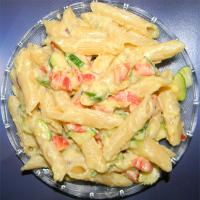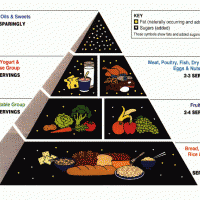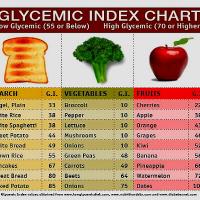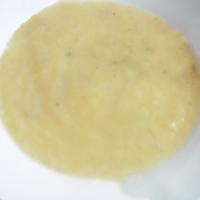Lose Weight > Weight Loss Tips > Low Carb > Low Carb Diets: They Can Take It Off Quickly, But The Problem Is Keeping It Off!
Low Carb Diets: They Can Take It Off Quickly, But The Problem Is Keeping It Off!
Before you start a low carb diet you first need to understand what a carbohydrate is. Carbs are made up of sugar, starches, and cellulose that give your brain and muscles fuel. Its primary function is to supply energy quickly.
There are two different types of carbohydrates:
Complex carbs are long chains of molecules that are more complex than simple carbs. You can find these types of carbohydrates in beans, veggies, grains, breads and pastas.
Simple carbs are molecularly simple with their single double sugar molecules. This means they release quickly into the bloodstream but have a short life span. You can find these types of carbohydrates in fruits, processed sugar, and processed foods have simple carbohydrates.
Carbohydrates are readily converted into fat by the action of insulin. According to many doctors, most overweight people became overweight due to a condition called Hyperinsulinemia, elevated insulin level in the blood. When a high-carbohydrate meal is consumed, the increased blood sugar stimulates insulin production by the pancreas. Insulin is the hormone that allows blood sugar to be used by the cells. However, a side effect of insulin is that it causes fat to be deposited, and it stimulates the brain to produce hunger signals. As a result more carbohydrates are consumed, and the cycle repeats.
You will find many different types of low carb diet plans such as Dr. Atkins New Diet Revolution, Protein Power, The Carbohydrate Addict's Lifestyle Plan, Life Without Bread available for you online or in your local bookstore.
When you start a low carb diet you need to remember that certain foods are not allowed in your diet, for example white flour and sugar. Some people can survive on 20 grams or less of carbohydrates while others may need be able to lose weight with 50 to 60 grams of fat in their daily diet.
One thing many people may not realize is that a low carb diet is really a high fat diet, so you are going to have to eat enough fat to stop the hunger pains.
There are a few negative side effects to a low carb diet.
Vegetarians and those who do like eggs and cheese will find this diet hard to stay with for long term. You may end of feeling tired, nauseous, experience diarrhea or constipation, and some people will experience headaches. Usually these symptoms stop within a week or two. In order to not experience these side effects be sure to start out a low carb diet in small steps. This way your body will become accustomed to the new changes.
Below are a few foods that can be included in a low carb diet:
Meat: All meat is allowed (white or red) except liver. Do not include filler or breading when cooked. Read label for carb info for canned meat
Seafood: Fish, Shellfish (Oysters have some carbs)
Eggs: In any ways that you can prepare
Cheese with some restrictions: Up to 4 oz per day
Fat: Butter, mayonnaise, cream, margarine in fact all fat are allowed
Vegetable: Low-starch green vegetables. Restrict starchy vegetables such as potatoes, carrots, peas, corn etc.
Fruits: Avoid high glycemic fruits such as watermelon, bananas, citrus Fruits, pineapple etc.
As with any diet it is best to talk to your doctor before you start a low carb diet. He can help you decide if a low carb diet is right for you and give you ideas on how to make the change over to a low carb diet easier.
Related Articles
-
5 Easy Tips to Picking Healthy Bread
It抯 common to hear people say among themselves, 揝hould I ea
-
Low Carb Recipe Index
| L
-
The way to Clean and Rebuild Carburetors (1)
With this issue we begin a series on making the fine adjust
-
How Low-Carb Diet Plans Treat Carbohydrates
A number of popular diets are focused on carbohydrates. Som
-
Low Carb Meal Recipes Made Easy
When you make a conscious decision to eat low carb meal recipes, you h
-
Today's popular searches:
Fac
- DON'T MISS
- Are Atkins Diet And Low Carb Diets Safe?
- Ketones
- Low Calorie Fat Diets
- Asparagus with Browned Butter and Poached Eggs
- Traditional Meat Entrees Get a Makeover: Going Meatless
- Atkins Menus
- The Carb Nite Solution - Review
- Critical Things to Know About a Low Carb Diet
- The South Beach Diet Online
- Muscle Enhancement - Low Carb Low Glycemic Whey Protein Supplement




